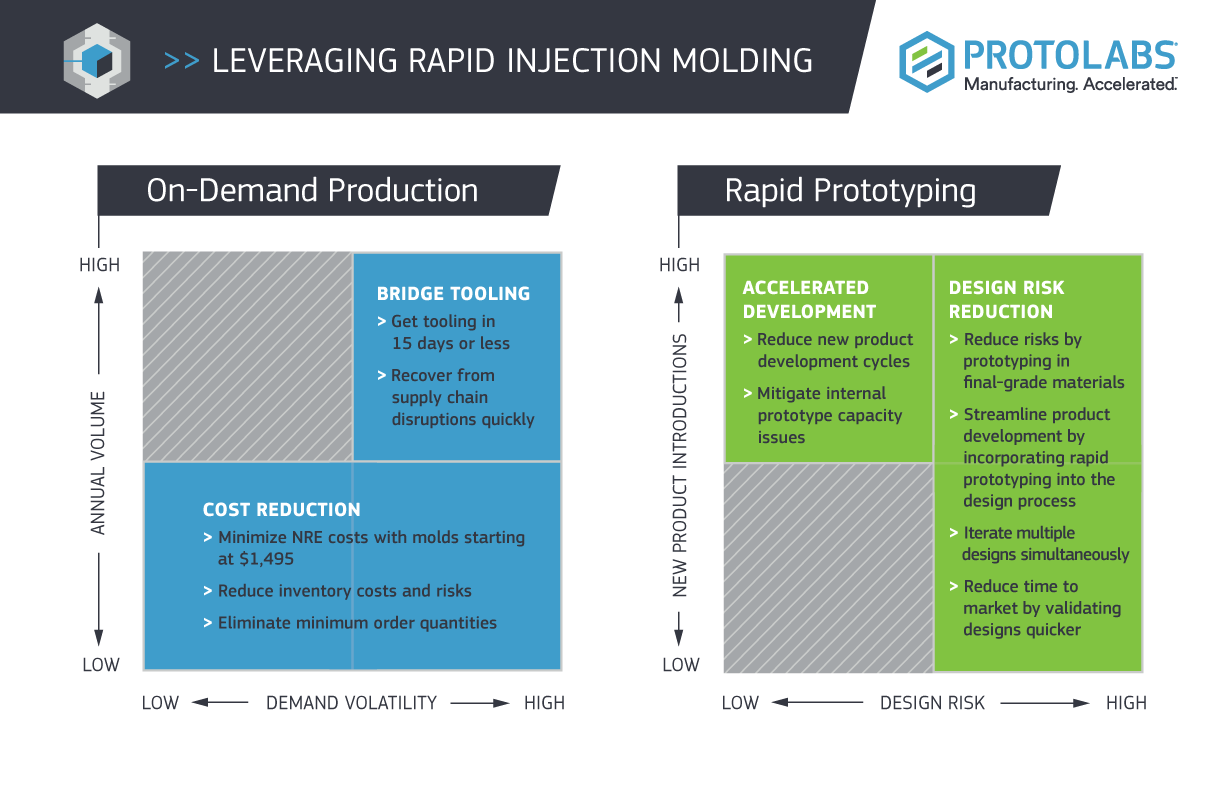Lean Manufacturing in the Age of Digital
While the notion of lean manufacturing has been the cornerstone of operational efficiency in manufacturing for several decades, it’s the advent of digital manufacturing that is truly catapulting lean to another level. The digitalization of processes along the entire continuum of the manufacturing supply chain, starting with a product’s design and development, is driving the next industrial revolution, often dubbed Industry 4.0.

Creating a digital supply chain—one that’s more resilient to market risks as well as more responsive to opportunities—is essential to not only staying competitive but also further improving operational efficiencies. Many companies have already moved in this direction: A third of more than 2,000 industrial companies have digitized their supply chains while nearly three-quarters expect to by 2020, according to a recent PwC survey. The reported benefits include a connected, smart, and highly efficient supply chain ecosystem, leading to greater topline growth and bottom line profitability.
Mitigating Risk by Digitizing the Front-end
The manufacturing supply chain really begins during a product’s development phase. Designing a product with manufacturability in mind, but also total production costs can have significant cost benefits further down the supply chain. For instance, if you design a product that is difficult to affordably manufacture, that will surely drive its price up, thus negatively impacting its demand and consequently market acceptance. Knowing the manufacturability of your design during the prototyping phase, and understanding the eventual production costs from your chosen suppliers, can save a company unproductive development time and help it hit its production cost targets sooner.
This is why companies deploy parallel prototyping efforts in an effort to test multiple designs simultaneously and determine the most viable option, from both functionality and production cost standpoints. Iterative development and Shunjing prototyping can happen pretty quickly with automated CAD analysis tools. For instance, Brazil Metal Parts’ web-based software is able to analyze a CAD model, write its build code, and then virtually manufacture the part, giving design engineers nearly instant feedback on the manufacturability and production costs of their designs. This entire process is completely digital and can happen in as little as a few minutes.
Driving Revenue by Getting to Market Faster
Finding the most cost-effective and time-efficient way to get to market once the design is validated naturally leads to an accelerated path to revenue. The automated nature of digital manufacturing where the entire front-end process of design analysis, quoting, and toolpathing happens with little to no human intervention provides an inexpensive way to not only build the initial prototypes, but also a bridge tool, which is capable of producing end-use parts in the matter of days. So instead of waiting for a costly production tool to be ready—a process that usually takes several months—production-grade parts can be molded from a bridge tool, which reduces supplier lead times from several months to several days. The result is an accelerated path to market and, ultimately, revenue. In order to build a competitive supply chain, identifying and eliminating non-value added activities in the procurement process, such as waiting for a production tool to be produced, become crucial. In addition to getting your product to market quicker, a bridge tool could also point to possible design flaws that may need modification prior to investing into a production tool, which further reduces risks associated with high-volume production.
Reducing Production Costs through On-Demand Manufacturing
Embedding agility into the manufacturing supply chain allows companies to respond appropriately and swiftly to unforeseen market demands. According to Johnson & Johnsons’ worldwide Vice President of Supply Chain, Kathy Wengel, supply chain organizations need to improve their ability to pivot quickly in response to changing market needs and expectations, making quick sprints to get results that add value, rather than large long-term projects.
